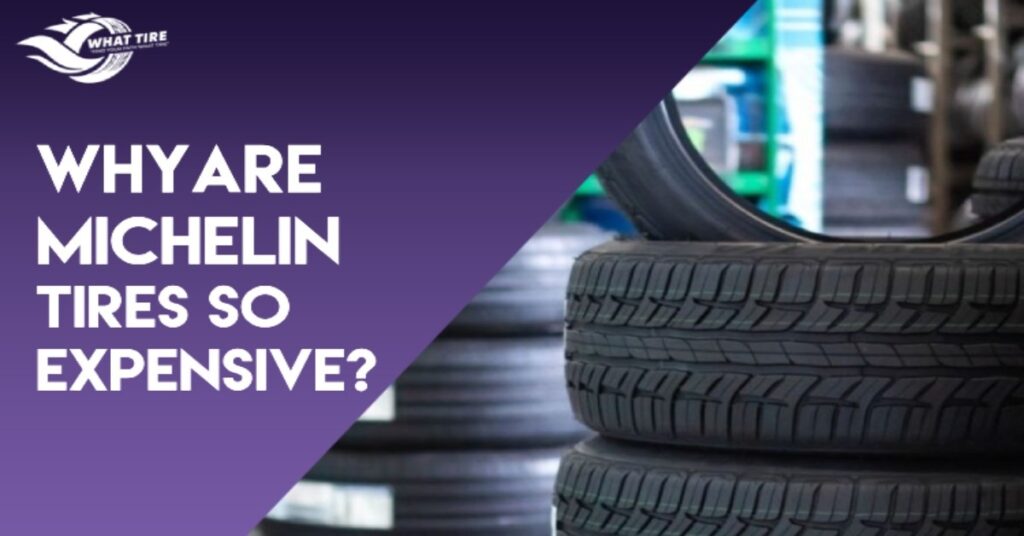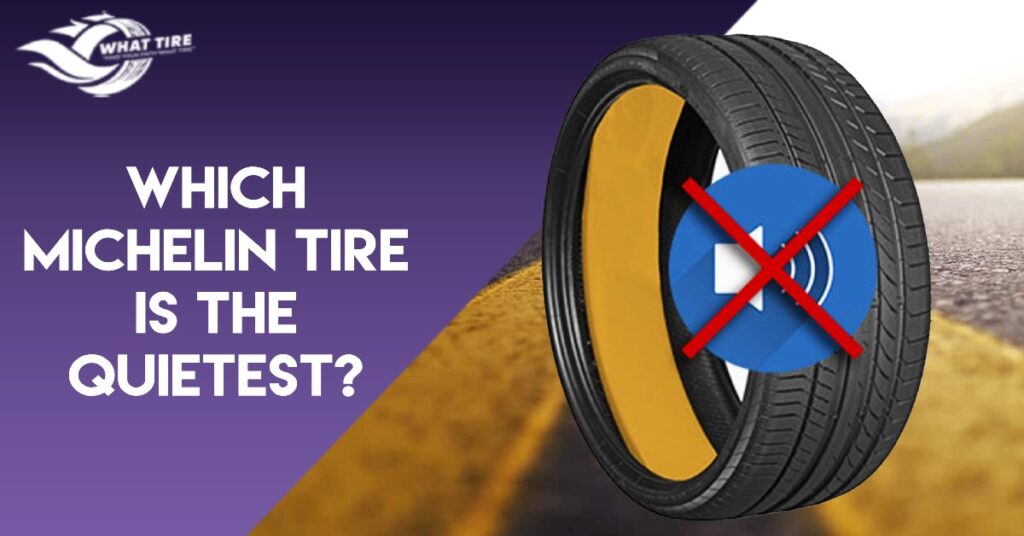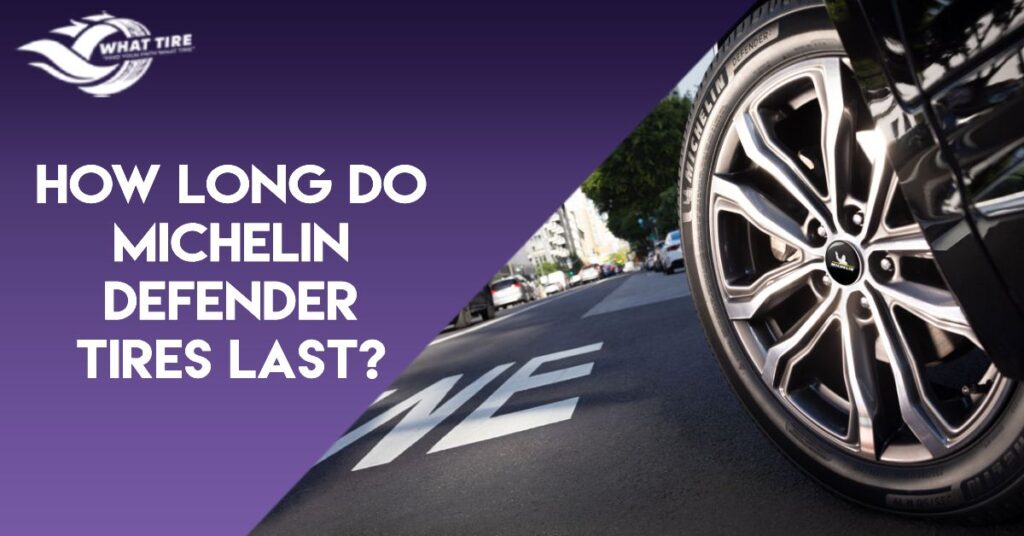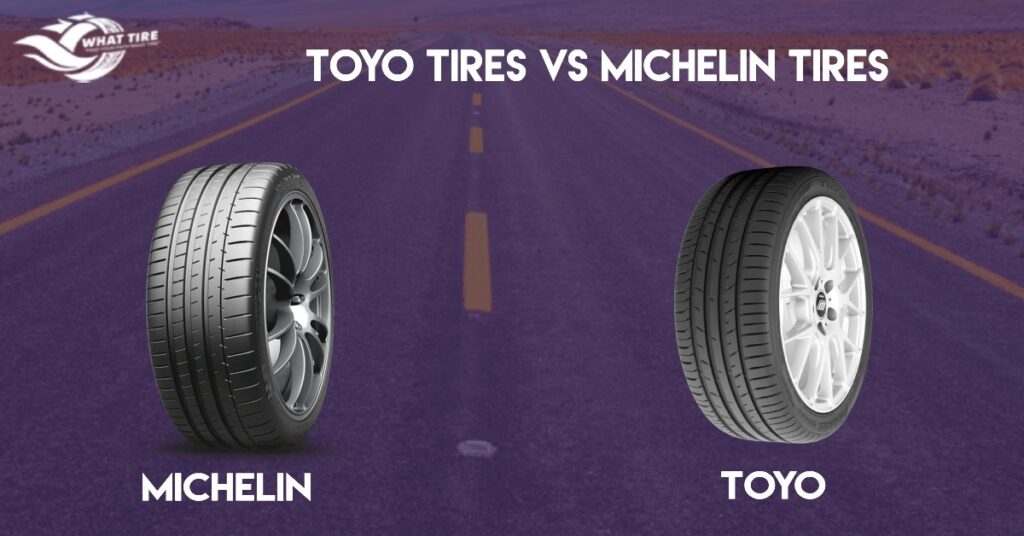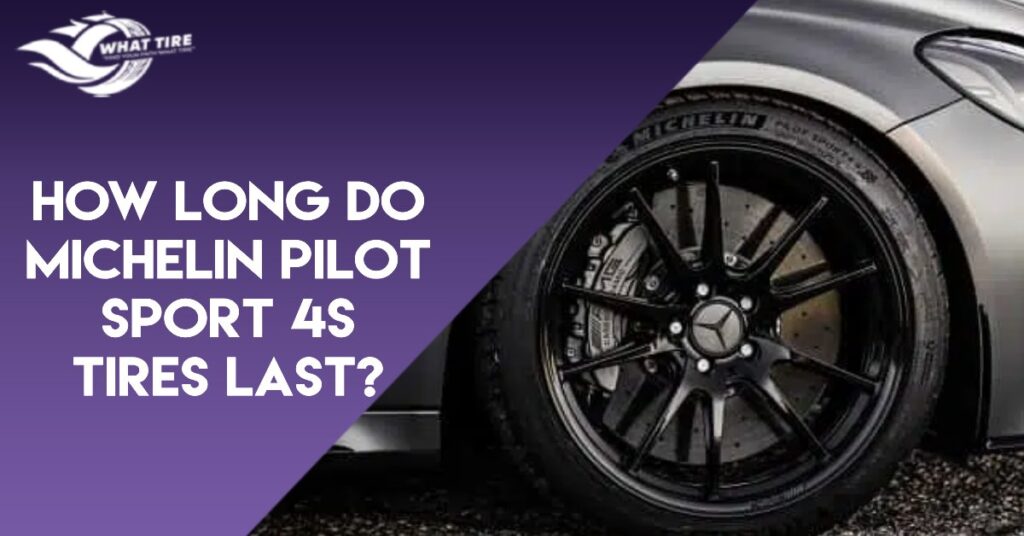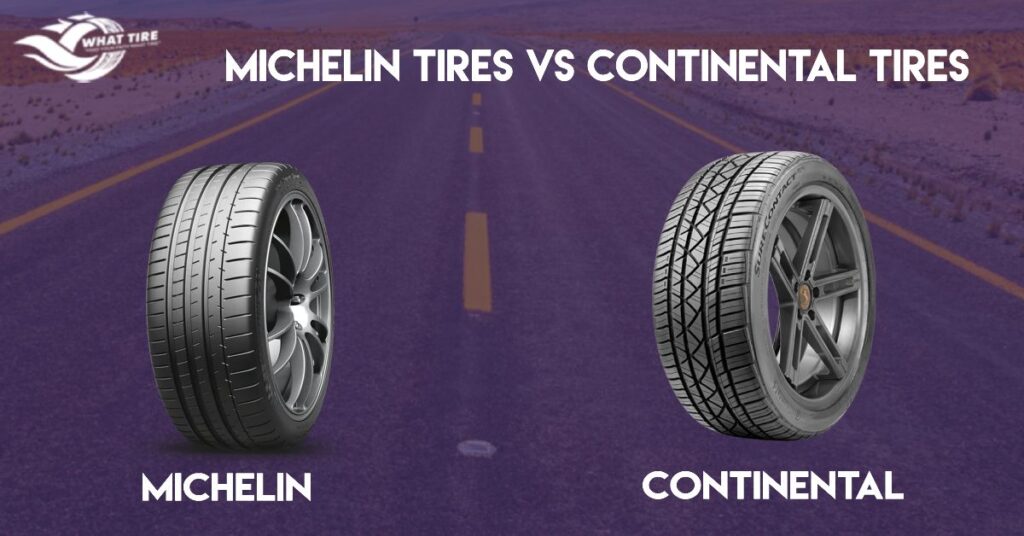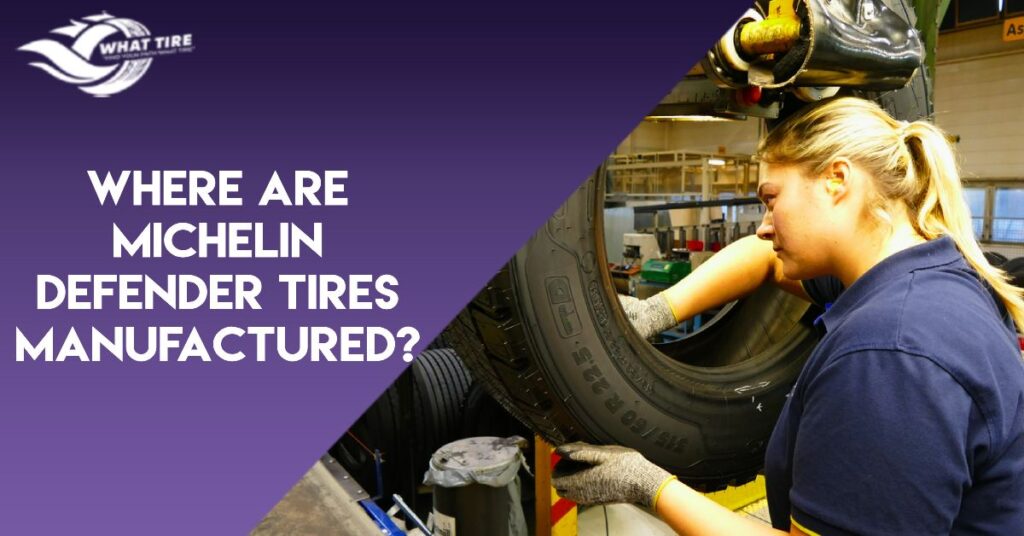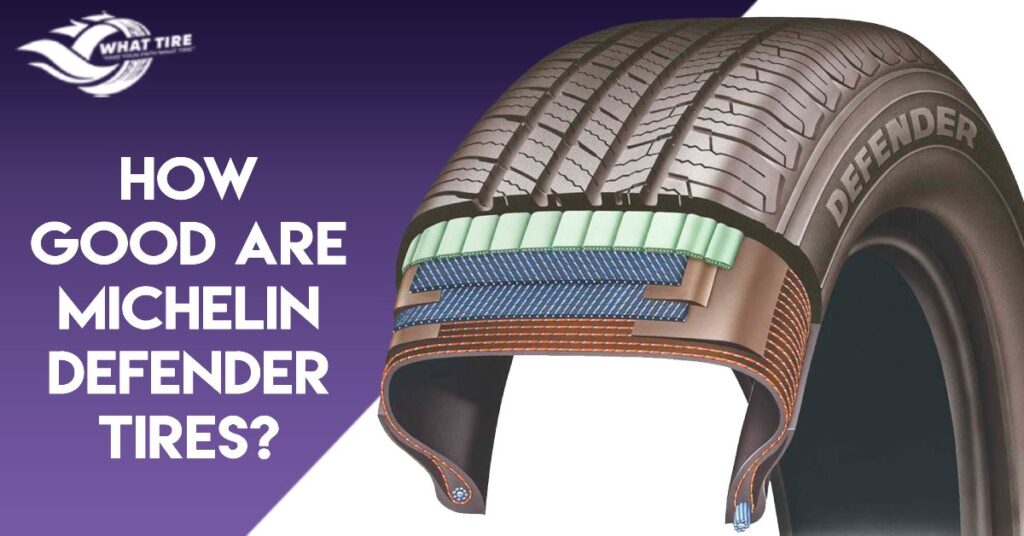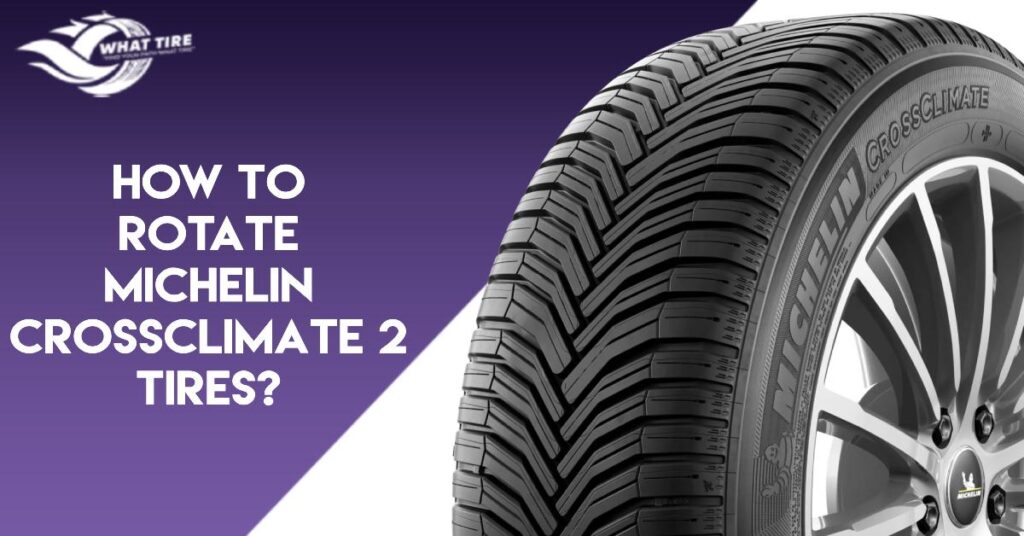Why Are Michelin Tires So Expensive?
Michelin tires are renowned for quality and performance, but their high prices often leave consumers wondering, “Why are Michelin tires so expensive?” This article will dive into the top 10 factors that justify Michelin’s premium pricing and explain why these tires are often worth the investment. Are Michelin Tires Worth The Money? Yes, Michelin tires are typically worth the extra cost. Known for exceptional durability, safety, and performance, Michelin tires offer long-term value for drivers. T The initial higher investment pays off through better traction, longer tread life, and overall reliability. Why Are Michelin Tires So Expensive: 10 Factors Let’s get started with understanding Michelin tire pricing factors. 1. Quality and Performance Michelin’s unwavering commitment to delivering top-tier performance and safety drives the use of high-quality materials and advanced manufacturing techniques. These choices result in tires that excel in traction, handling, and longevity. The premium materials and construction techniques contribute to the overall durability of Michelin tires, making them a long-lasting investment. 2. Research and Development Extensive research and development investments fuel Michelin’s tire innovations. Tire engineers work tirelessly to create cutting-edge technologies that improve performance, fuel efficiency, and safety, contributing to overall higher costs. This continuous pursuit of innovation ensures that Michelin tires stay ahead of the curve in terms of performance and technology. 3. Materials and Construction Michelin selects premium materials and employs intricate tire construction methods that maximize performance and tread life. This focus on excellence drives up the cost of materials and production. The use of advanced materials and construction techniques contributes to the high-quality, consistent performance that Michelin tires are known for. 4. Long Tread Life Michelin’s emphasis on producing tires with extended tread life requires intricate designs and durable compounds with better tread depth. This dedication to longevity increases manufacturing complexity, affecting the final price. While the initial cost might be higher, the longer lifespan of Michelin tires translates to reduced long-term expenses. 5. Advanced Technology Michelin integrates advanced technologies, such as silica-based compounds and asymmetric tread patterns, into their tires. These technologies optimize grip, handling, and fuel efficiency but come at a premium in terms of research, development, and production. These technological advancements contribute to the superior performance and safety of Michelin tires. 6. Quality Control Michelin’s stringent quality control processes ensure that each tire meets high performance and safety standards. This thoroughness involves rigorous testing and quality checks that contribute to higher production costs. The rigorous quality control measures guarantee that customers receive a product that lives up to Michelin’s reputation. 7. Innovative Sustainability Michelin’s commitment to sustainability involves the use of eco-friendly materials and processes. While this is a positive step, it can also increase costs compared to traditional tire manufacturing. This sustainability initiative aligns with Michelin’s values and contributes to a more responsible tire production process. 8. Brand Reputation The established reputation of Michelin as a premium tire manufacturer plays a role in pricing. Consumers are willing to pay more for the assurance of quality, safety, and performance that the Michelin name represents. The brand’s reputation is a testament to its long history of delivering high-quality products. These factors collectively contribute to Michelin tire prices, reflecting the brand’s dedication to providing exceptional products that redefine driving experiences. 9. Comprehensive Warranty Coverage Michelin stands behind the quality of its tires with comprehensive warranty coverage. This includes tread life warranties and protection against manufacturing defects, providing customers with peace of mind and further justifying the premium pricing. 10. Customer Satisfaction and Support Michelin’s dedication to customer satisfaction extends beyond the purchase. The brand offers exceptional customer support, including resources for tire maintenance and advice, creating a value proposition that goes beyond the product itself. The Rationale Behind Michelin Tire Price Points Let’s understand the rationale behind Michelin’s pricing strategy to know why are Michelin tires so expensive. Real Difference Between Michelin and Other Brands You may still be wondering why Michelin tires are more expensive than their competitors. To clear your confusion, let’s make a short comparison of Michelin Tires vs. Competitors to learn their differences. Why Michelin Tires Cost More Compared to Other Brands When compared to competitors, Michelin’s advanced tire construction, safety features, and long lifespan help justify the premium price tag. Michelin tires also offer superior comfort and a quieter ride, which further sets them apart from the competition. Tire Model Performance Tread Life Safety Features Technology Comfort Defender High Long Advanced EverGrip Quiet Pilot Sport Excellent Moderate High Twaron Belt Sporty Premier Good Moderate Enhanced Expanding Rain Smooth Latitude Tour Comfortable Long Enhanced Comfort Control Quiet CrossClimate All-Weather Long Strong Helio Compound Comfortable Note: The above comparison chart provides a general overview of different Michelin tire models across key attributes. Individual performance may vary based on specific tire sizes and applications Conclusion Michelin tires’ higher price tag is backed by a legacy of excellence. Advanced technology, safety features, longevity, and superior performance justify the investment. From renowned models to budget options, Michelin’s commitment to quality shines through. Opting for Michelin means investing in a safer, longer-lasting, and performance-driven driving experience that redefines value on the road. I hope this article answered your question of why are Michelin tires so expensive! Read Michelin Agilis Crossclimate Tire Review FAQ’s
Why Are Michelin Tires So Expensive? Read More »

